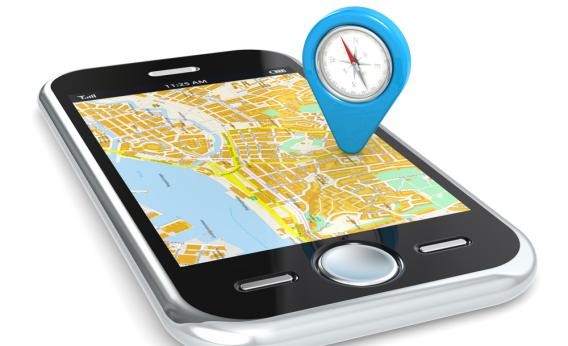Smartphones of the future How they will look what they will do
Post on: 28 Июнь, 2015 No Comment

Flexible designs, augmented reality, and even some artificial intelligence are just some features smartphones will have
As you’re reading this article, developers, engineers, and product designers are working on the next great mobile technology. The mobile world is rapidly changing: Smartphones have gone from portable messaging and email devices to streaming-video machines that surf the Web at blazing speed and have cameras that rival point-and-shoots (and they also happen to make calls). What will smartphones look like in five years? Or ten? What sort of amazing things will they be able to do?
Of course, we have no way to predict exactly how cell phones will evolve (unless some sort of magical crystal ball comes along), but looking at todays trends and tracking what the geniuses at MIT and other academic institutions are up to can give us a pretty good idea of whats to come.
Flexible smartphone designs
Flexible displays could help balance the demand for screen real estate with pocketable device size.
In the animated series Futurama, the character Amy has a cell phone so tiny that she ends up swallowing it. Although the technology inside phones will get smaller and smaller (think nanotechnology), dont expect any nearly invisible phones anytime soon. According to Ramon Llamas, a senior research analyst at IDC Mobile Devices Technology and Trends, smartphones will stay around the 3.7-inch to 4.3-inch display size. They might become thinner and lighter, but the market wont see microscopic phones. Displays wont grow any larger than 4.3 inches, according to Llamas—after all, who wants to carry a tablet in their pocket?
Even so, consumers cant get enough of display real estate, which is why manufacturers might try to pack in as much display as possible—while retaining the pocketable size. Remember the Kyocera Echo on Sprint? We applauded its innovative foldable, dual-screen design (it sort of resembled a Nintendo DS), but the way the software interacted with the two screens had some issues. Nevertheless, dont expect this design idea to go away, says Llamas. He thinks well be seeing similar designs—with better execution—in the next five years.

Other phone manufacturers have toyed around with dual-screen phones, too: Some concept designs have a regular LCD or OLED display on one side and an electronic-ink display on the other. Expect future dual-screen phones to be as thin as todays full-touch phones when folded.
Llamas also expects to see more wearable phones in the next few years. Of course, weve already seen James Bond-esque wristwatch phones from a few manufacturers like LG, but they’ve been exclusively released in Europe and Asia. And future phones won’t be limited to the wristwatch form: You’ll be able to bend, fold, and shape your phone to whatever design you prefer. Imagine transforming your phone from a wristwatch/bracelet style to a touchscreen style with a full QWERTY keyboard, and then folding it again to slip it into your pocket.
Nokia’s Morph.
A good example of what future wearable phones could look like is the Nokia Morph. a concept device that showcases the collaboration between the Nokia Research Center and the Cambridge Nanoscience Centre. The Morph uses nanotechnology to create a flexible, malleable electronic device. The Morph is constructed from fibril proteins that are woven into three-dimensional mesh, allowing the whole phone—screen included—to move and bend.
From CIO: 8 Free Online Courses to Grow Your Tech Skills














